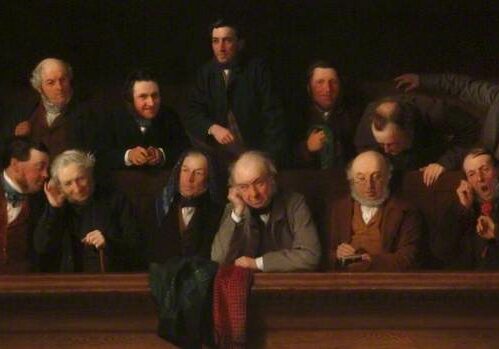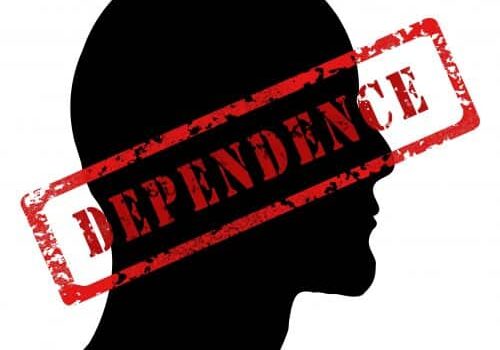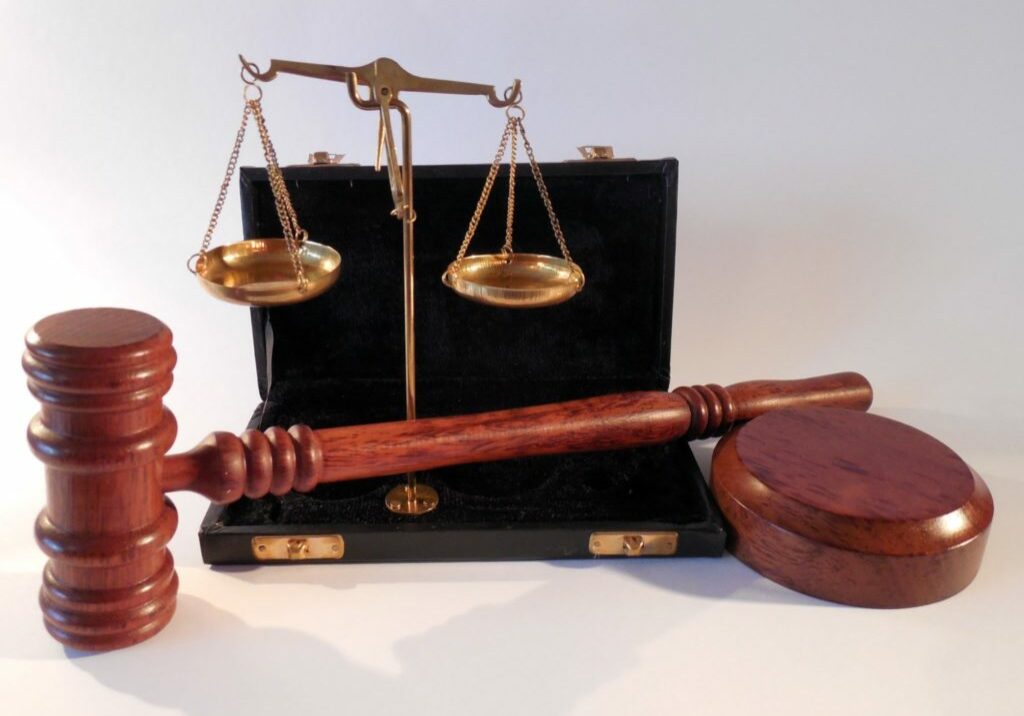The Amy, Vicky, and Andy Child Pornography Victim Assistance Act of 2018
What is the Amy, Vicky, and Andy Child Pornography Victim Assistance Act of 2018?

Child Pornography
President Trump recently signed into law the Amy, Vicky, and Andy Child Pornography Victim Assistance Act of 2018 ("AVAA"). The AVAA is named after some of the victims of child pornography who were among the most widely disseminated images identified by the authorities. The law was proposed to secure full restitution for the victims of child pornography offenses and attempts to address the challenge that the courts have historically faced in imposing a restitution amount on a particular defendant. In previous cases involving victims of child pornography, including the dissemination of pornographic photos online, the courts encountered difficulty in figuring out how much of the restitution owed to the victim that each defendant was required to pay. The reason for this challenge is that there are so many offenders involved in posting, sharing and viewing the illegal images online. Thus, the court could not reconcile forcing the defendant on trial to pay for the entire extent of emotional distress suffered by the victim.
The AVAA partly solves this issue by requiring defendants convicted of child pornography crimes to pay a minimum of $3,000 in restitution to the victim. In addition, the AVAA establishes a fund to assist all victims of child pornography crimes with their recovery. If a defendant is convicted of a child pornography offense, the victim may choose to receive a single payment of $35,000 from the fund, which will also be apportioned an additional $10 million from Congress in order to maintain sufficient reserves for victims of child pornography crimes. To ensure that the fund will directly benefit victims of child pornography, attorneys' fees from the fund are capped at 15 percent.
The Pivotal Case Preceding the AVAA
The Supreme Court addressed the issue in 2014 in United States v. Paroline, which involved images of child pornography being disseminated by the abuser on trial. Instead of requiring the defendant to pay the full amount of restitution owed to the victim pursuant to the restitution statute in place at the time, 18 U.S.C. Sec. 2259, the Supreme Court ruled that the defendant would only pay an amount in proportion to his relative role in the emotional distress inflicted upon the victim. Even though the Supreme Court acknowledged that "every viewing of child pornography is a repetition of the victim’s abuse," it did not fully provide a way for the victim to receive restitution for the perpetual abuse suffered. Given that there were many others who participated in the illegal viewing of the pornographic images, the Supreme Court reasoned that the defendant on trial could not be held responsible for the full restitution amount on his own.
Victims' rights groups came out in droves in protest of the Supreme Court's ruling in United States v. Paroline. The widespread outrage over the unfairness of the outcome to victims of child pornography crimes led to years of political discussions over passing legislation imposing mandatory minimum restitution amounts on convicted child pornography offenders. There has been little sympathy for convicted child pornography offenders in the criminal justice community, and the idea that they could avoid paying even a small amount of restitution because of a legal conundrum was unsettling to say the least.
Those on the other side of the matter pointed out that traditional civil liability is based on the amount of harm. So, if an award of $1 million (or whatever the number might be) is judged to be what would make the victim whole, then the victim would receive this amount, not $1 million from every defendant since $1 million was the total amount required to make the victim whole again. There were other arguments presented concerning how restitution orders should be pursued. The question concerned if earlier defendants should be required to pay more than later defendants, not if victims of child pornography offenses should receive restitution at all.
What to Expect in Child Pornography Cases Since the AVAA Became Law
One aspect of the legislation that victims' rights advocates are most encouraged by is that it provides the victims a choice in electing the restitution option that they prefer to receive. This provides a small amount of power back in the hands of the victim. Another important aspect of the AVAA is that victims are now entitled to access the pornographic images of themselves that have been trafficked. While this may seem like an unsettling detail, it is actually crucial for victims in the process of identifying victims, tracking down perpetrators, accumulating evidence and helping victims to seek treatment.
This bill received vast bipartisan support because it is squarely focused on restoring the balance of power back to the victims of child pornography offenses as much as possible. What was especially promising about the passage of this bill into law was that advocates of criminal justice and sentencing reform as well as victims' rights advocates both supported the AVAA for its potential to empower victims.
Recommended for you
Ex Parte Communications By Judge With Jury Required Reversal Of Convictions
At Martin Bradley III’s trial for racketeering, mail fraud, wire fraud, and money laundering, the district court had two ex parte communications with the jury. Bradley’s defense lawyers did not become aware of notes until after his appeal. Bradley filed a 2255 motion arguing, in addition to other things, that the court had violated Rule…
Drug Treatment And Vocational Training Improper Sentencing Considerations
Christopher Thornton moved for a downward variance at sentencing arguing, among other things, that “in-prison treatment during the proposed thirty-eight months would help mitigate any potential risk he posed to the community.” The district court denied the motion, but in doing so said that Thornton had “mental-health issues, and he needs drug treatment” and that…
Amendment 782 Motion Reconsideration
Reinaldo Rivera moved for 18 U.S.C. § 3582(c)(2) relief based on Amendment 782 to the Guidelines, commonly known as “drugs minus 2.” The district court granted the motion and reduced his sentence to 420 months from LIFE. But in doing so, the district court believed Rivera’s mandatory minimum was 30 years for his CCE conviction.…




